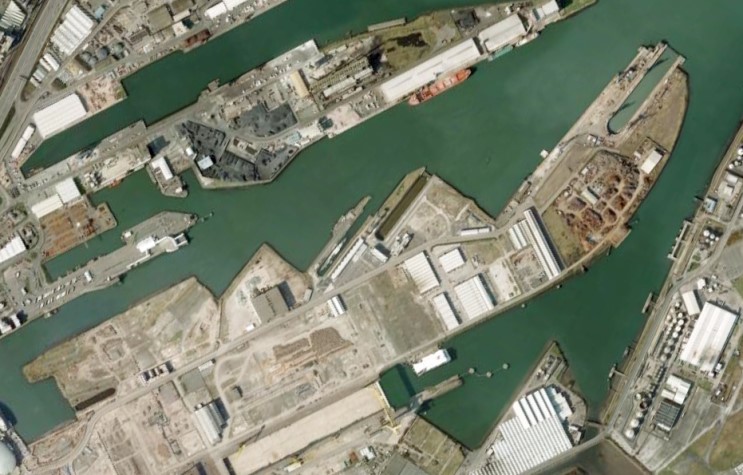

The iceberg was to close.ĭid first Officer Murdoch reacted well and was steering the ship around the iceberg a good idea? I don’t think so. First Officer Murdoch had seen the iceberg too and had ordered to that the ship had to be steered around the iceberg. He rang the alarm bell three times and he called the bridge to report the iceberg. I take a closer look to how the crew could have acted better, but also what the crew did good and saved human lives.Īt 23:40 Frederick Fleet saw the iceberg appear right in front of the Titanic. In this sub question I’m going to take a closer look to the deeds the crew made after the sailor in the crow’s nest saw the iceberg till the Carpathia picks up the survivors.

The Titanic on the shipyard of Harland and WolffĬould the disaster be prevented or be less disastrous by acting differently from the captain or crew before, during or after the collision with the iceberg? In an enclosure you can see the construction of the Titanic. The fourth funnel was a dummy and was only installed to make look the Titanic more impressive. Above the decks there were four funnels, but only three had a real function. On top of the ship you had the Promenade and Boat Deck. The interior of the Titanic was very simple. Eleven watertight doors could seal off the compartments if it was necessary. The interior of the Titanic was divided into sixteen compartments and these compartments were divided by fifteen bulkheads.

In the next year the Titanic got het engines, funnels and her interior. Constructing a ship was a difficult and dangerous job and safety precautions at the shipyard from Harland and Wolff were at minimum.Īfter the Titanic was launched on the ship was towed to a fitting-out berth. They were hammered in by hand of fitted by using hydraulic machines.ĭuring the construction of the Titanic, 246 injuries were recorded, 28 of them were severe and eight people died working on the ship and in the workshops. The plates were held together with over three million iron and steel rivets. The 2000 steel plates were 1.8 metres wide and 9.1 metres long. They stopped at the bridge deck and were covered with steel plates. There were 300 frames from approximately 20 metres long. The ship had a double bottom from 1.6 metres deep. The constructing of the Titanic started as a floating box with the keel as a backbone and the ship was formed by the ribs. The process to build the Titanic was almost the same as the Olympic. It took the shipbuilders of Harland and Wolff approximately 26 months to build the Titanic. First some technical facts about the Titanic: The construction of the Titanic began on 31 March in 1909. When the Titanic sank the mail went down with it. The Titanic was a Royal Mail Ship (RMS), because the three ships of the Olympic-class were also used for transport overseas. A few of the cabins were furnished by the Dutch furnish company H.P. On the 31th of May 1911 the Titanic was launched.Īn important part of the Olympic-class was the luxury. Almost all the ships of the White Star Line were built on that ship-yard. On the 31th of March 1909 on the ship-yard of Harland and Wolff in Belfast the construction of the Titanic began.

The first ship from the Olympic-class that was built was the Olympic. The White Star Line could build the Titanic, because they were funded by the company of J.P. They had to come with bigger ships and the Olympic-class was the solution. These ships were the biggest ships of the world and the White Star Line wanted to exceed them. The Cunard Line had two ships, the Lusitania and the Mauretania. The White Star Line built the ships, because they wanted to compete with another shipping company, the Cunard Line. The original design of the three ships was from William James Pirrie, but the definitive version came from three naval architects named Alexander Carlisle, Edward Wilding and Thomas Andrews. The ships would have to pass over the Atlantic Ocean with the speed of approximately 21 knots. Bruce Ismay, the director of the White Star Line, and William James Pirrie, the director of the ship-yard Harland and Wolff, decided to build three ships, named the Olympic-class. The first plans to build the Titanic started in 1907.


 0 kommentar(er)
0 kommentar(er)
